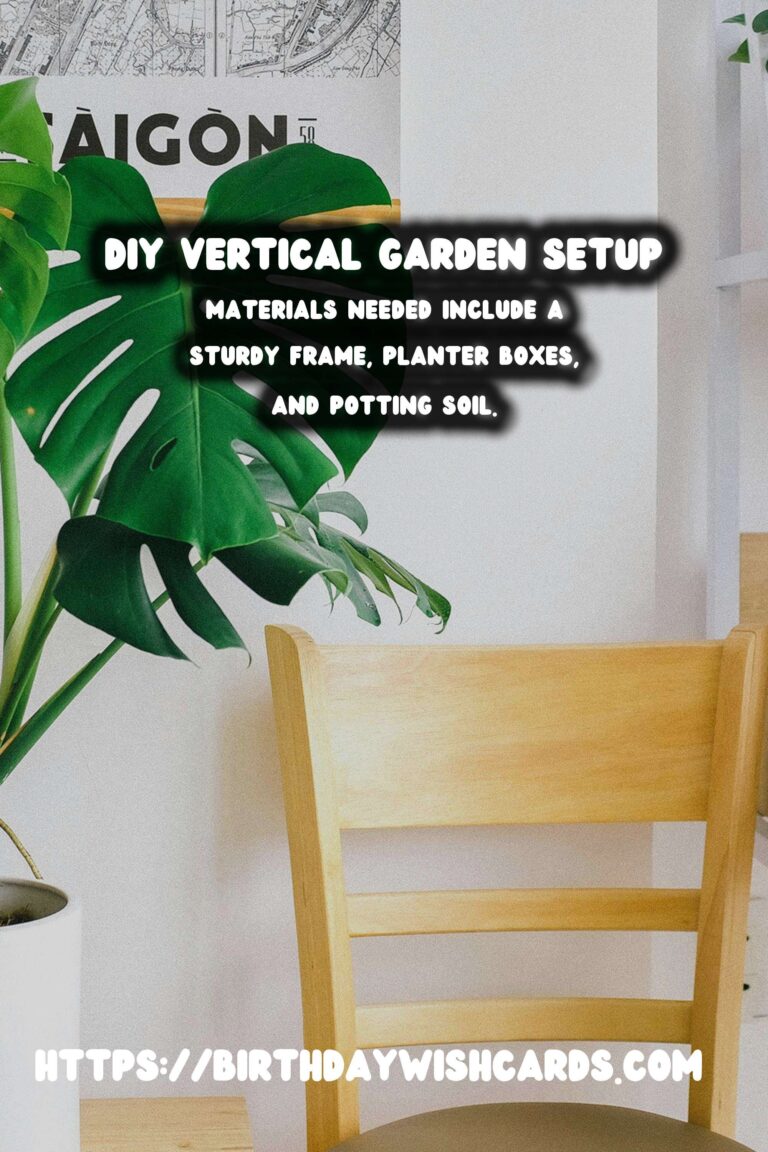
Vertical gardens are an innovative and space-saving way to bring greenery into your home or outdoor space. They are particularly beneficial for urban dwellers who have limited horizontal space but still want to enjoy the benefits of gardening. In this article, we will explore how to create your own DIY vertical garden using simple materials and techniques.
Benefits of a Vertical Garden
Vertical gardens offer numerous benefits, including improved air quality, increased green space, and the ability to grow your own herbs and vegetables. They can also enhance the aesthetic appeal of any space, providing a lush and vibrant backdrop for your home. Additionally, vertical gardens can help insulate buildings, reducing energy costs.
Materials Needed
To create a DIY vertical garden, you will need the following materials:
- A sturdy frame or structure (such as a wooden pallet, trellis, or metal grid)
- Planter boxes or pots
- Potting soil or a suitable growing medium
- Plants or seeds of your choice
- Watering system or irrigation setup
- Mounting hardware (screws, hooks, brackets)
- Tools (drill, screwdriver, hammer)
Step-by-Step Guide
Step 1: Choose the Location
Select a suitable location for your vertical garden. Consider factors such as sunlight, wind exposure, and accessibility for watering and maintenance. A south-facing wall is ideal for most plants.
Step 2: Build the Structure
Construct or assemble the frame for your vertical garden. If using a wooden pallet, ensure it is clean and free of chemicals. Secure the frame to a wall or fence using appropriate mounting hardware.
Step 3: Prepare the Planters
Attach planter boxes or pots to the frame. Make sure they are secure and have adequate drainage holes. Fill them with potting soil or a suitable growing medium, leaving enough space for plant roots.
Step 4: Plant Your Garden
Choose a variety of plants based on your climate and the amount of sunlight the garden will receive. Consider using a mix of trailing plants, compact shrubs, and flowering species for a diverse and visually appealing garden. Plant seeds or seedlings in the prepared pots.
Step 5: Install the Watering System
To ensure your vertical garden thrives, install an efficient watering system. This can be as simple as a drip irrigation setup or a self-watering system. Regularly check the moisture levels and adjust watering as needed.
Step 6: Maintenance
Regularly maintain your vertical garden by pruning, fertilizing, and checking for pests. Rotate plants as needed and monitor their growth to ensure they are healthy and thriving.
Conclusion
Creating a DIY vertical garden is a rewarding project that can transform any space into a green oasis. With careful planning and maintenance, you can enjoy the benefits of gardening without the need for a large yard. Whether you are growing vegetables, herbs, or ornamental plants, a vertical garden is a versatile and sustainable solution for urban gardening.
Vertical gardens are a space-saving way to bring greenery into your home. They improve air quality and increase green space. Materials needed include a sturdy frame, planter boxes, and potting soil. Choose a south-facing wall for optimal sunlight. Install a watering system for plant health. Regular maintenance includes pruning and fertilizing. 
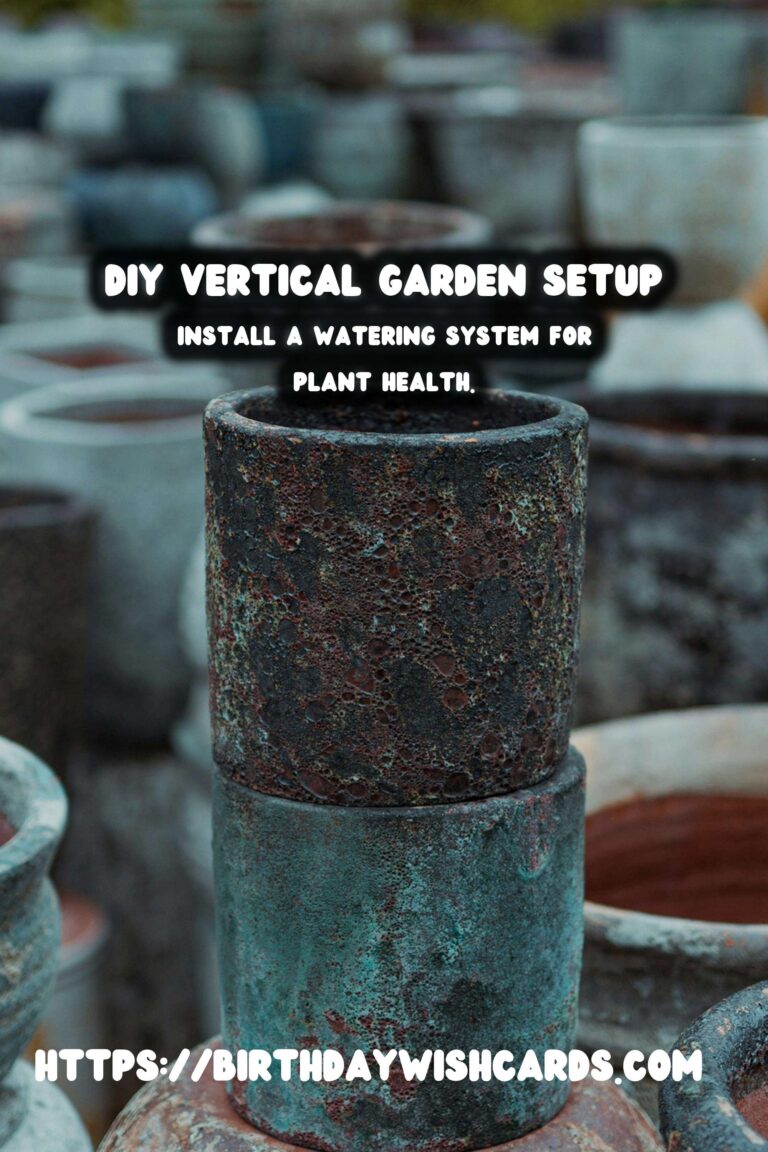
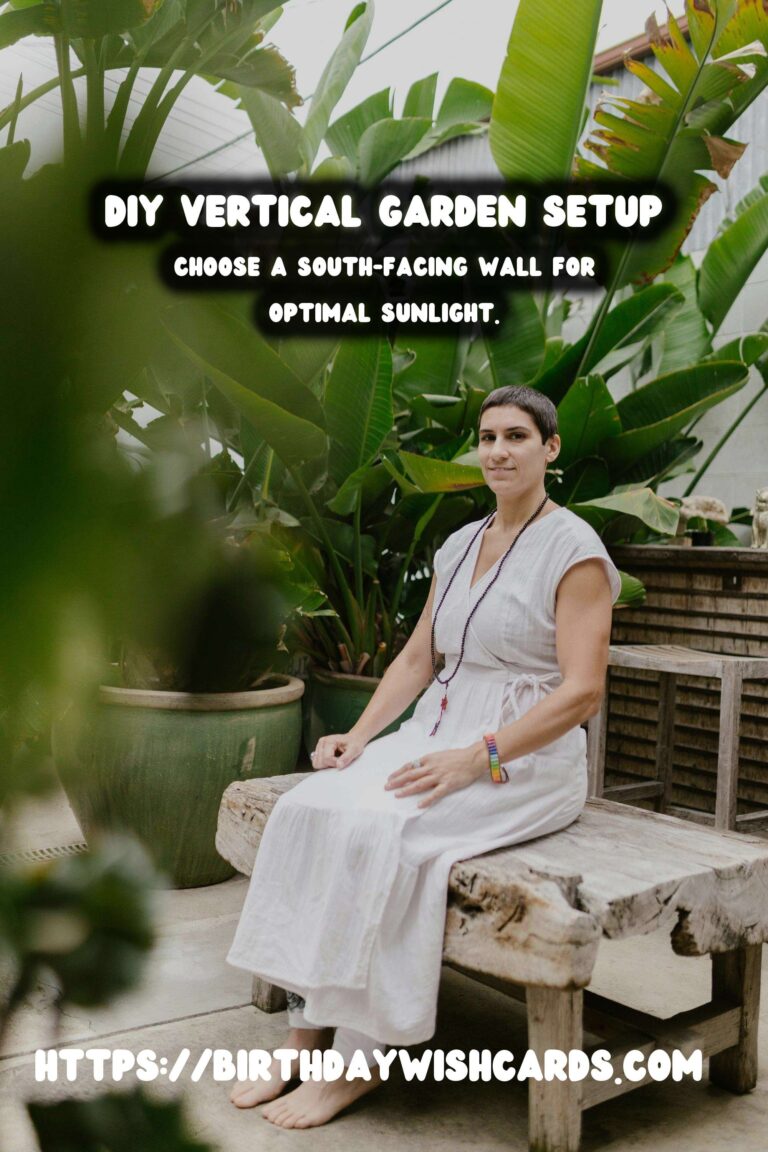
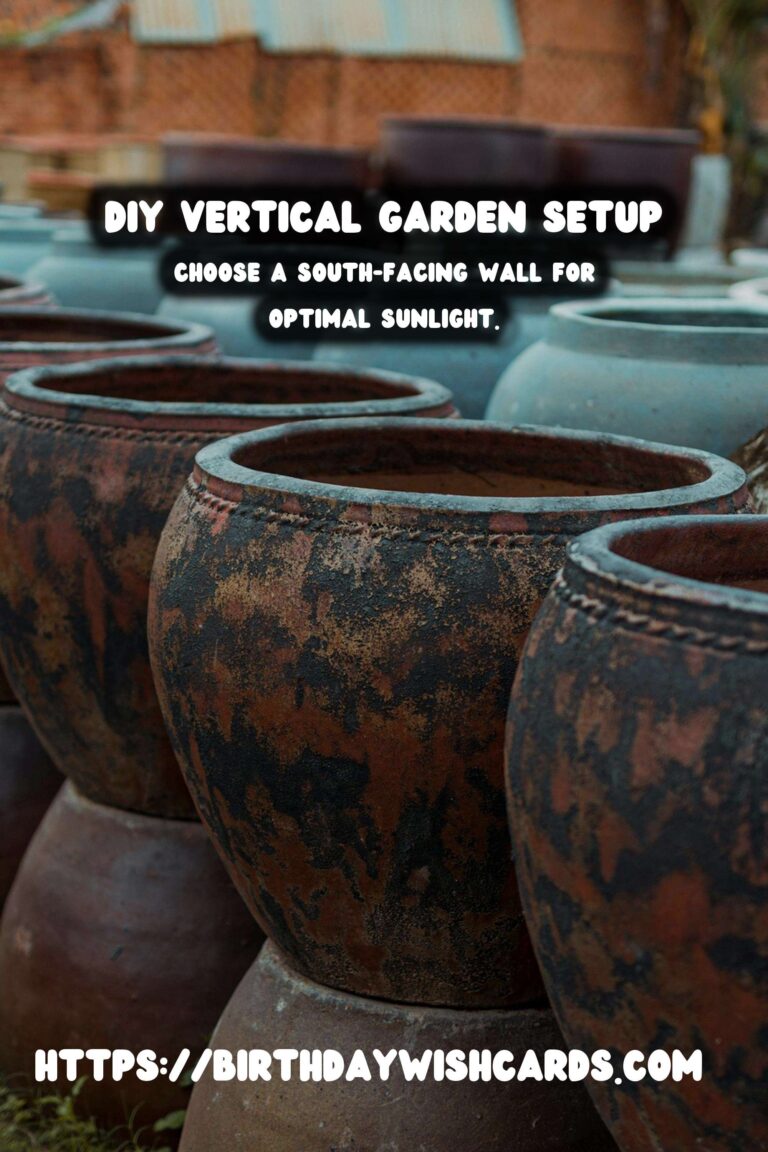
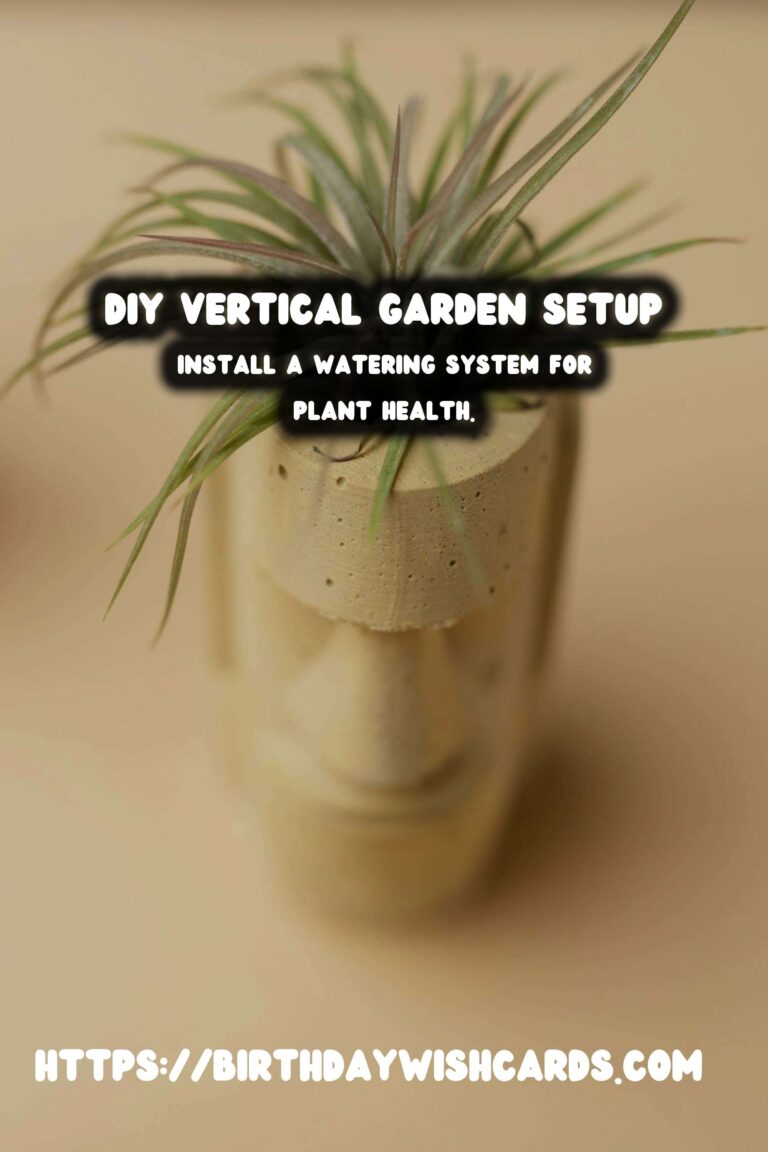
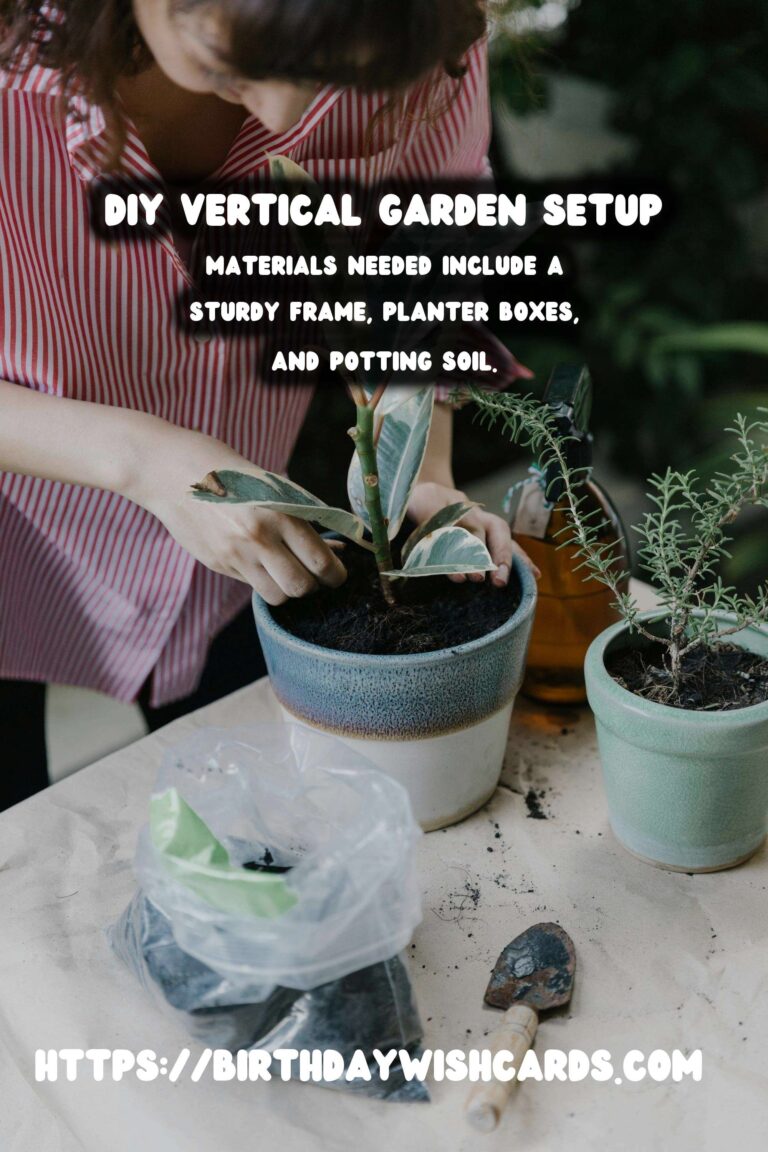
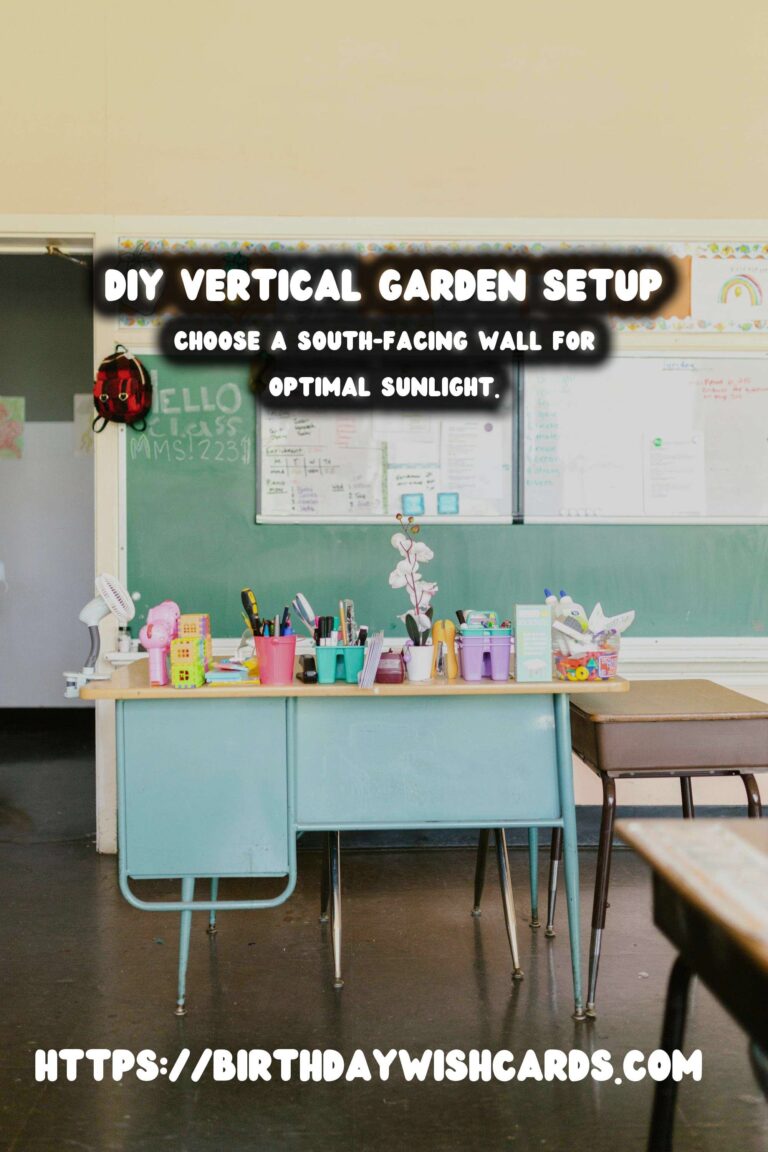
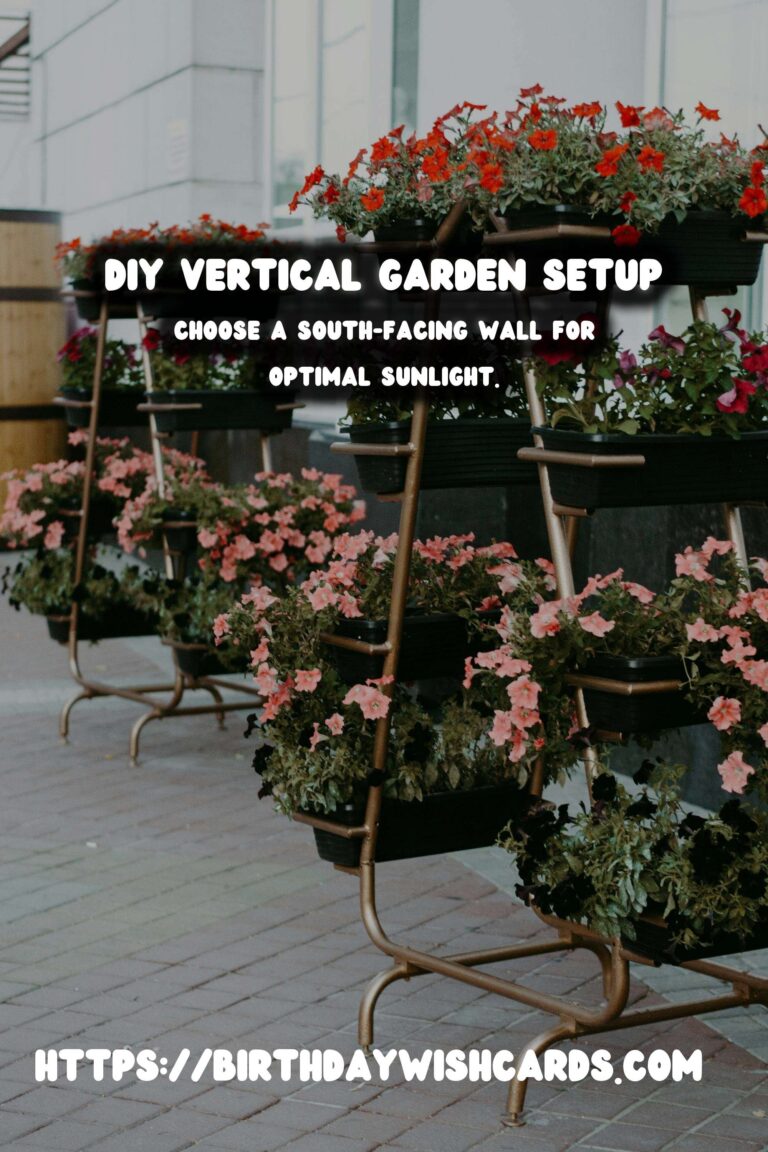
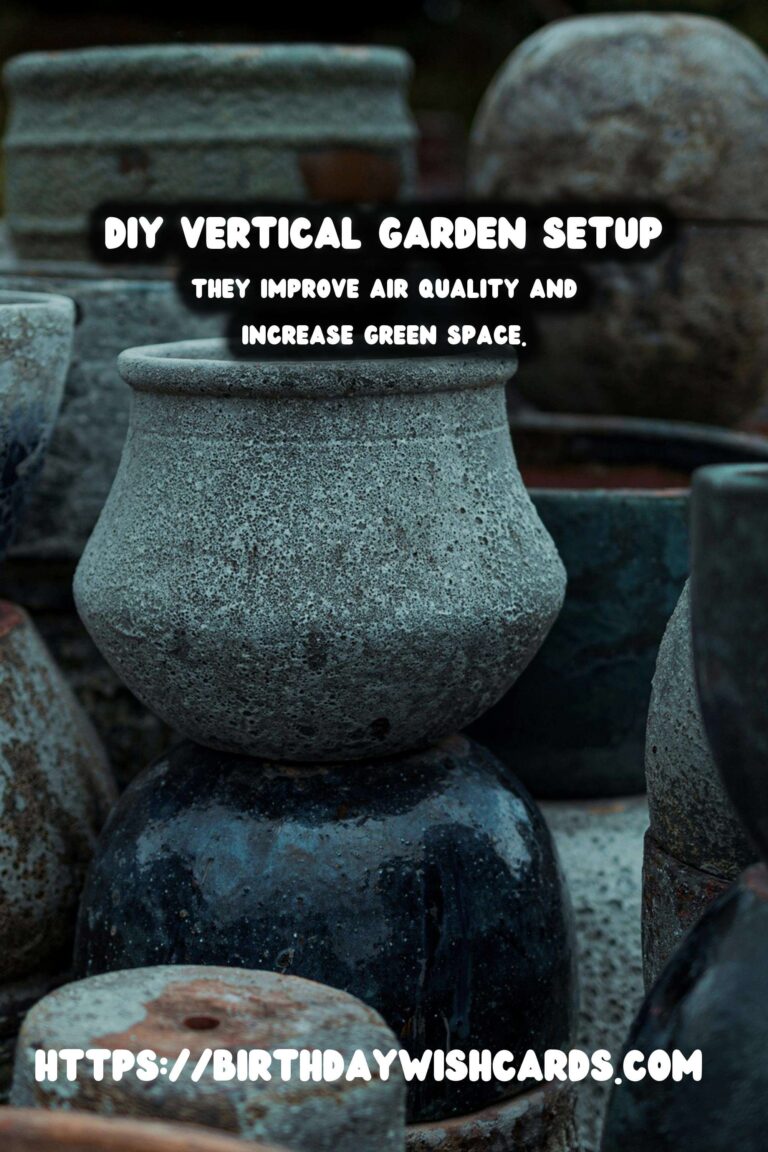
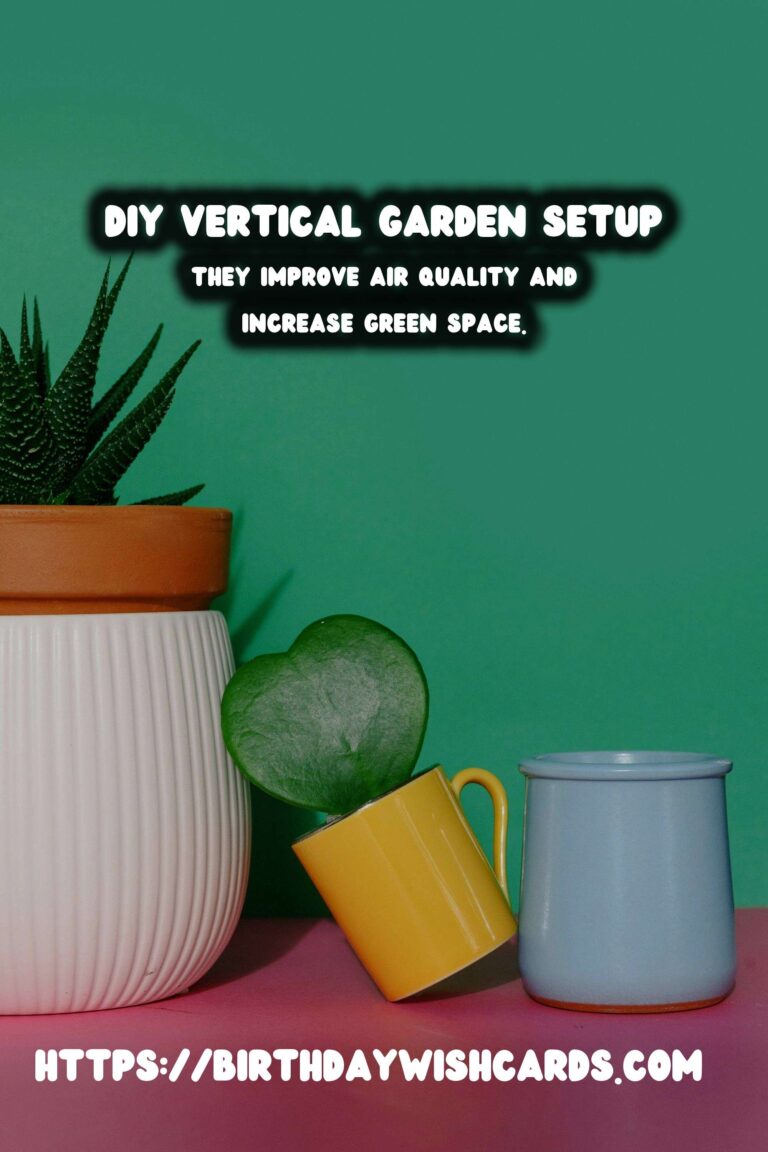
#VerticalGarden #DIYGardening #UrbanGardening #GreenLiving




